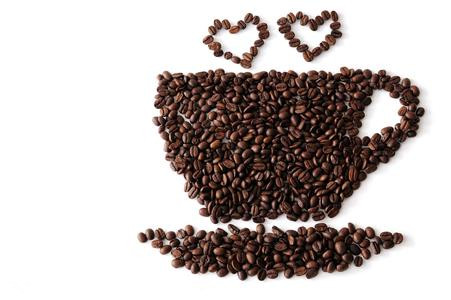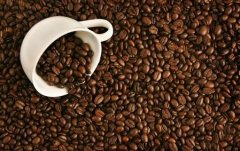The practice of iced mocha coffee making skills of fancy coffee

Raw materials:
25 grams of chocolate sauce, iced milk 150ML, mocha coffee 40ML, 1 ball of ice cream, about half a cup of ice cubes.
The amount of materials can be adjusted according to their own taste.
Practice:
1. Put the ice cubes into a glass, squeeze in the chocolate sauce, then pour in the iced milk and stir well.
2. Pour in the cooled mocha coffee and stir well.
3, dig an ice cream ball on the surface, adjust the shape, finish!
Important Notice :
前街咖啡 FrontStreet Coffee has moved to new addredd:
FrontStreet Coffee Address: 315,Donghua East Road,GuangZhou
Tel:020 38364473
- Prev

The taste of mocha coffee basic knowledge of fine coffee
Real mocha coffee is a bit like love, sour and sweet. The reason for the existence of mocha is also very simple, is to let people in love understand the sweetness and twists and turns of love, in order to tell us the simplicity of happiness. Mocha coffee is probably the most popular coffee variety for girls, because of its strong chocolate and milk flavor, which most people who know a little about coffee will recognize.
- Next

Mocha coffee features fine coffee basics
Mocha coffee is grown in Ethiopia. Beans small and fragrant, strong sour alcohol taste, sweet moderate, special flavor. Washed coffee beans, is quite famous for high quality coffee, often single drink. Ethiopia, known as the birthplace of coffee, has a history and tradition as the origin of coffee.
Related
- Beginners will see the "Coffee pull flower" guide!
- What is the difference between ice blog purified milk and ordinary milk coffee?
- Why is the Philippines the largest producer of crops in Liberia?
- For coffee extraction, should the fine powder be retained?
- How does extracted espresso fill pressed powder? How much strength does it take to press the powder?
- How to make jasmine cold extract coffee? Is the jasmine + latte good?
- Will this little toy really make the coffee taste better? How does Lily Drip affect coffee extraction?
- Will the action of slapping the filter cup also affect coffee extraction?
- What's the difference between powder-to-water ratio and powder-to-liquid ratio?
- What is the Ethiopian local species? What does it have to do with Heirloom native species?

